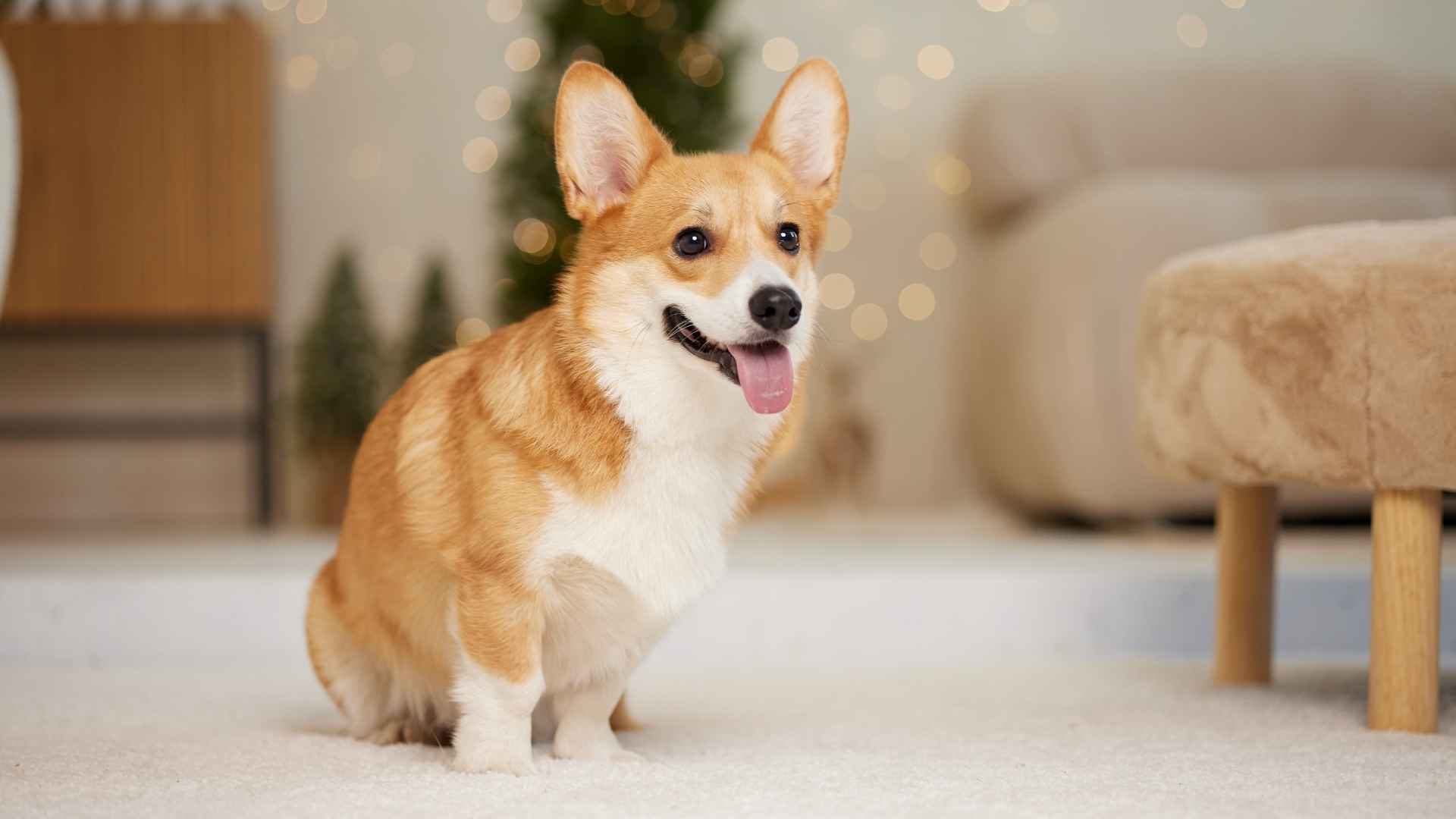For many dog lovers, a wagging tail and loyal eyes are the dream, just not accompanied by a trail of slobber. While drooling is completely normal in dogs and can be endearing to some, for others, it’s a dealbreaker.
If you prefer your cuddles without the damp aftermath or your furniture free of moisture spots, you’re not alone. Luckily, there are several breeds that manage to keep their drool under control while still offering all the affection and fun of a canine companion.
Though all dogs may drool on occasion—especially after eating, drinking, or getting excited—certain breeds are far more likely to stay dry-mouthed. These dogs make life easier for cleanliness-conscious pet parents who don’t want to carry a towel everywhere they go. From sleek-coated companions to playful lap dogs, there’s a non-drooling breed for nearly every lifestyle.
In this article, we’ve rounded up some of the top dog breeds that barely drool at all. Whether you’re seeking a pint-sized buddy or a medium-sized pal, these pups are neat, lovable, and leave less mess behind—just more room for snuggles.
Dog Breeds That Don’t Drool At All
1. Pomeranian
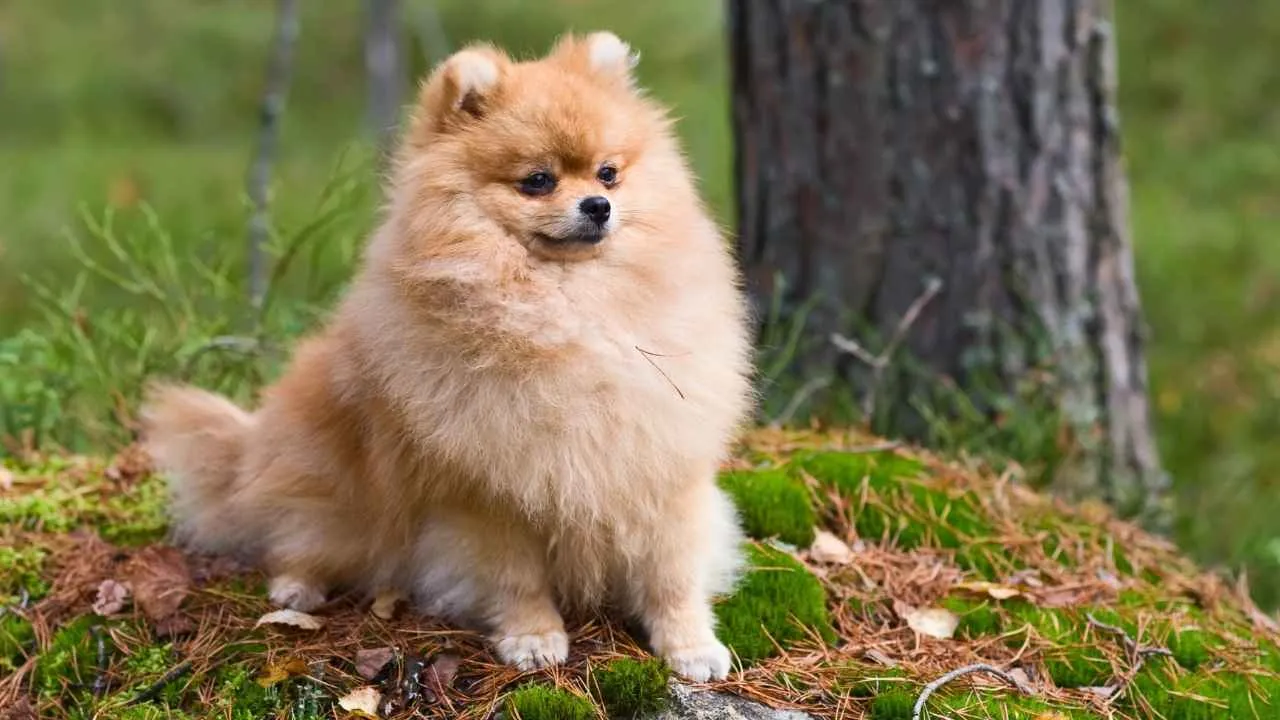
The Pomeranian—also affectionately known as the Pom, Zwergspitz, or Teacup Dog—traces its roots to the snowy province of Pomerania, nestled between Poland and Germany. The AKC states that the Pomeranians have a luxurious coat and a lively personality.
This diminutive toy breed, standing just 6–7 inches tall and weighing a mere 3–7 pounds, was bred down from larger Spitz-type dogs, including sled-pulling ancestors like the Samoyed and Norwegian Elkhound.
Pomeranians are famous for their extroverted charm, high intelligence, and independence, often believing they’re far bigger than they appear. Their lifespan typically ranges from 12 to 16 years, and they thrive in apartments or homes without yards, as long as they’re engaged mentally and socially. Notably, they drool very little, making them ideal for clean, low-maintenance companionship.
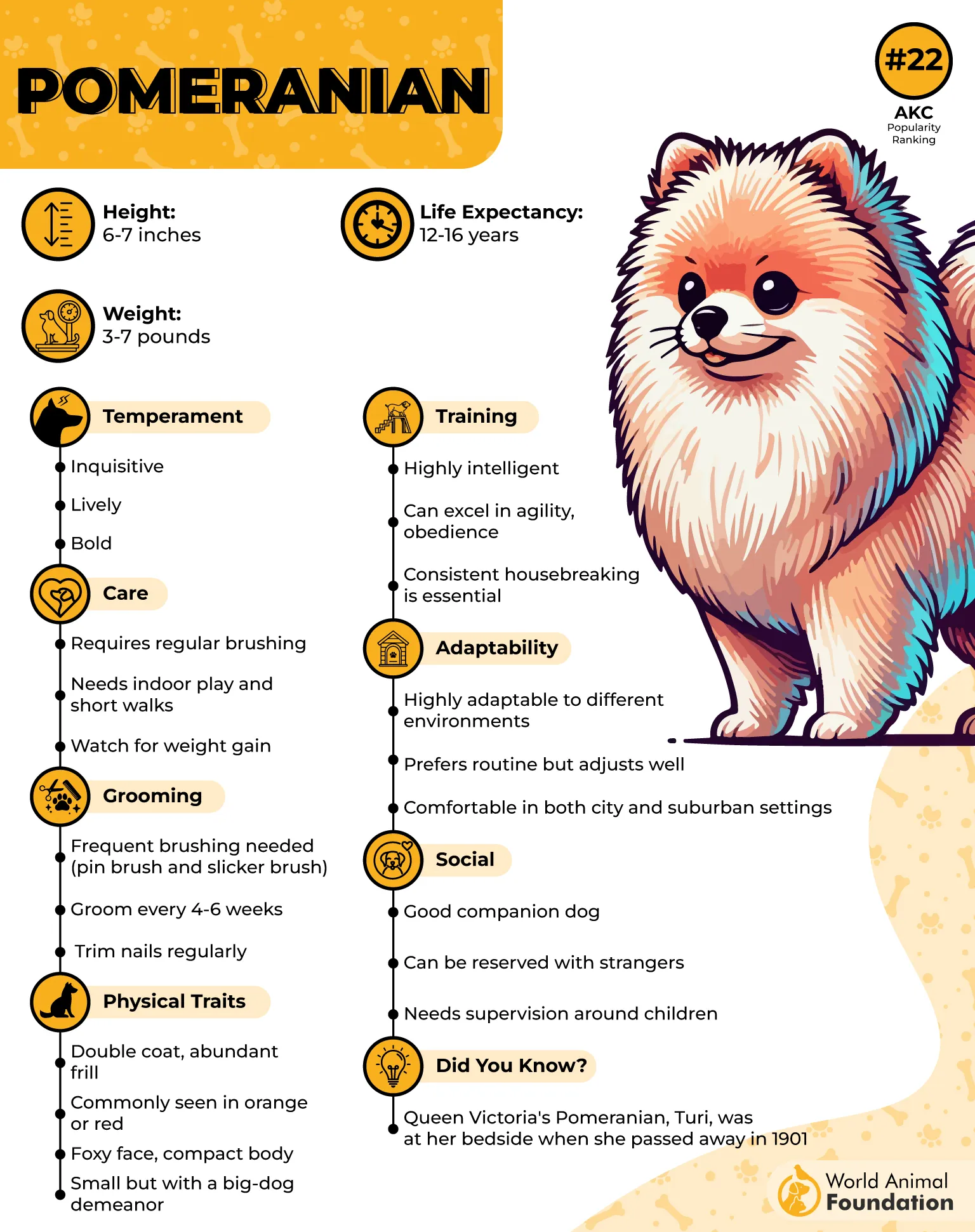
Appearance
Pomeranians possess a dense double coat that radiates in hues of red, orange, white, blue, chocolate, black, and more—including rare variations like lilac and wolf sable.
Their expressive, almond-shaped eyes and perky ears sit atop a fox-like or baby-doll face. Their luxurious neck ruff and high-plumed tail add to their signature “fluffy ball” silhouette. Despite their volume of fur, grooming demands are moderate—twice-weekly brushing suffices.
Fun Fact: The average Pomeranian litter size is just 1.9 to 2.7 puppies—one of the smallest among all breeds.
2. Samoyed
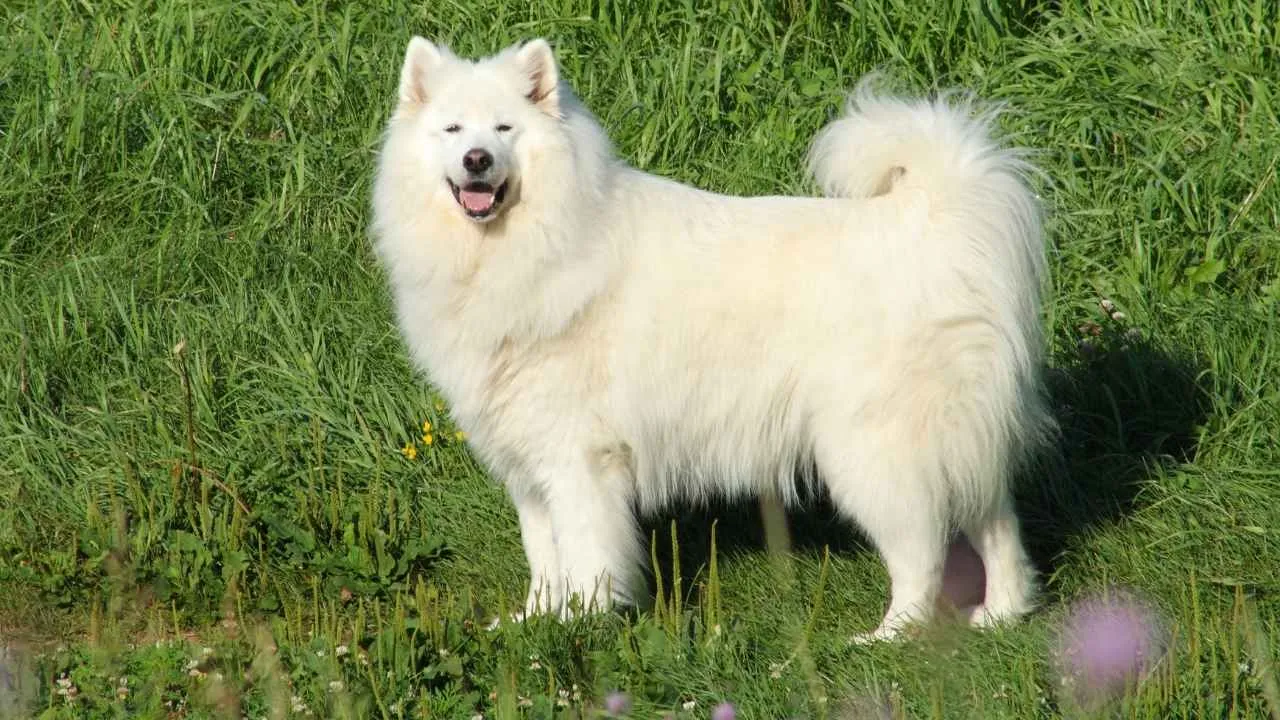
Also affectionately known as “Sammy,” the Samoyed is a graceful working dog that originated in Siberia, where it was bred by the Nenets people for herding reindeer and pulling sleds. WebMD describes them as highly energetic and social dogs that thrive on love and attention.
This ancient breed traces back thousands of years and has changed very little due to selective breeding. A hallmark feature is their trademark “Sammy smile,” which not only gives them a perpetually cheerful appearance but also serves a practical purpose—minimizing drool to prevent icicles from forming in freezing conditions.
Males typically stand 21 to 23.5 inches tall and weigh between 45 and 65 pounds, while females are slightly smaller. With a life expectancy of 12 to 14 years, Samoyeds are social, affectionate, and protective, thriving best with attention, training, and daily activity.
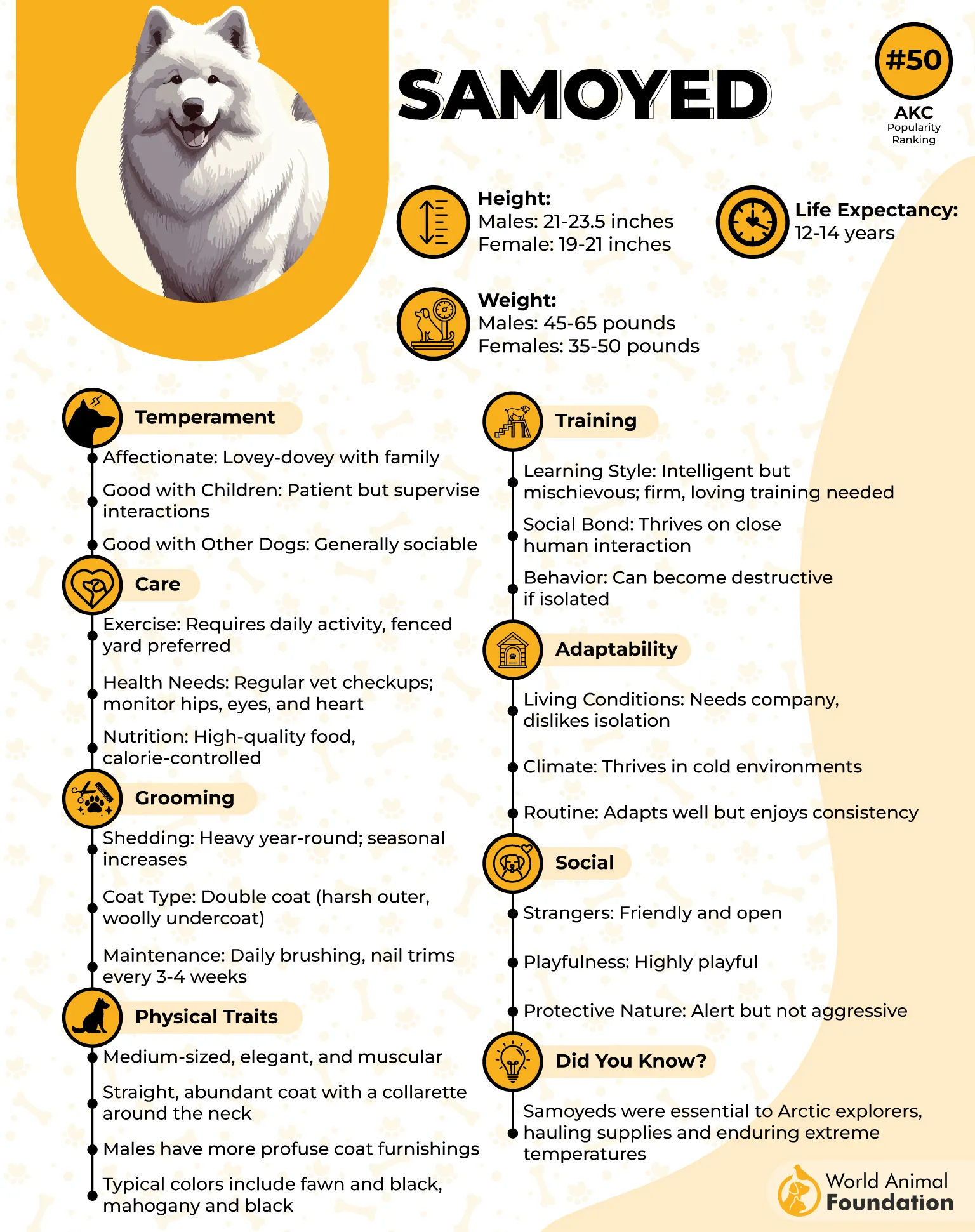
Appearance
Samoyeds are known for their stunning white double coats, which are both functional and beautiful. The outer coat is long and harsh, protecting them from snow and moisture, while the dense undercoat is soft and wool-like, providing insulation.
Their upright ears, plumed tails that curl over the back, and dark, almond-shaped eyes give them a distinctive and endearing look. Though they shed significantly, their tight-lipped mouth reduces dog drool, making them one of the cleaner large breeds.
Did you know? The Samoyed is considered one of the most ancient dog breeds and is closely related to wild wolves, maintaining a strong genetic lineage to its Arctic ancestors.
3. Pembroke Welsh Corgi
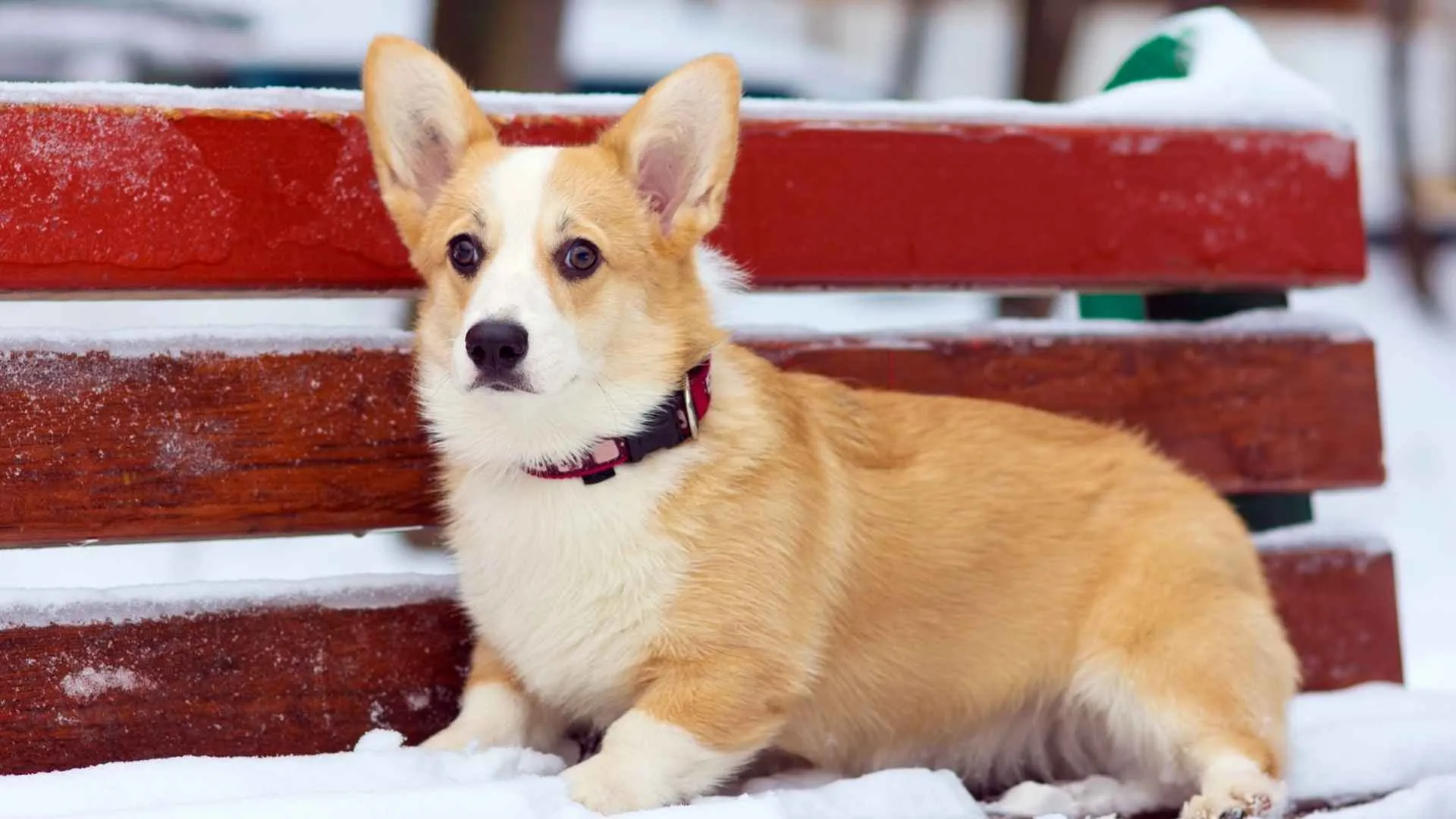
The Pembroke Welsh Corgi, also known as the Dwarf Dog, is a spirited and compact herding breed that originated in Pembrokeshire, Wales, between the 10th and 12th centuries. Descended from spitz-type dogs introduced by Vikings or Flemish weavers, Pembrokes are well-known for their courage and agility, traits honed through generations of cattle herding.
They stand about 10–12 inches tall and weigh 27–30 pounds, exuding a “big dog” confidence despite their small stature. PetMD explains that although these dogs are still agile in their daily activities, and require regular exercise to stay content.
Recognized by the American Kennel Club as part of the Herding Group, they typically live 12–15 years and are famed for their intelligence and independence. Unlike many dogs, they are not prone to drooling, which adds to their appeal as clean, affectionate companions.
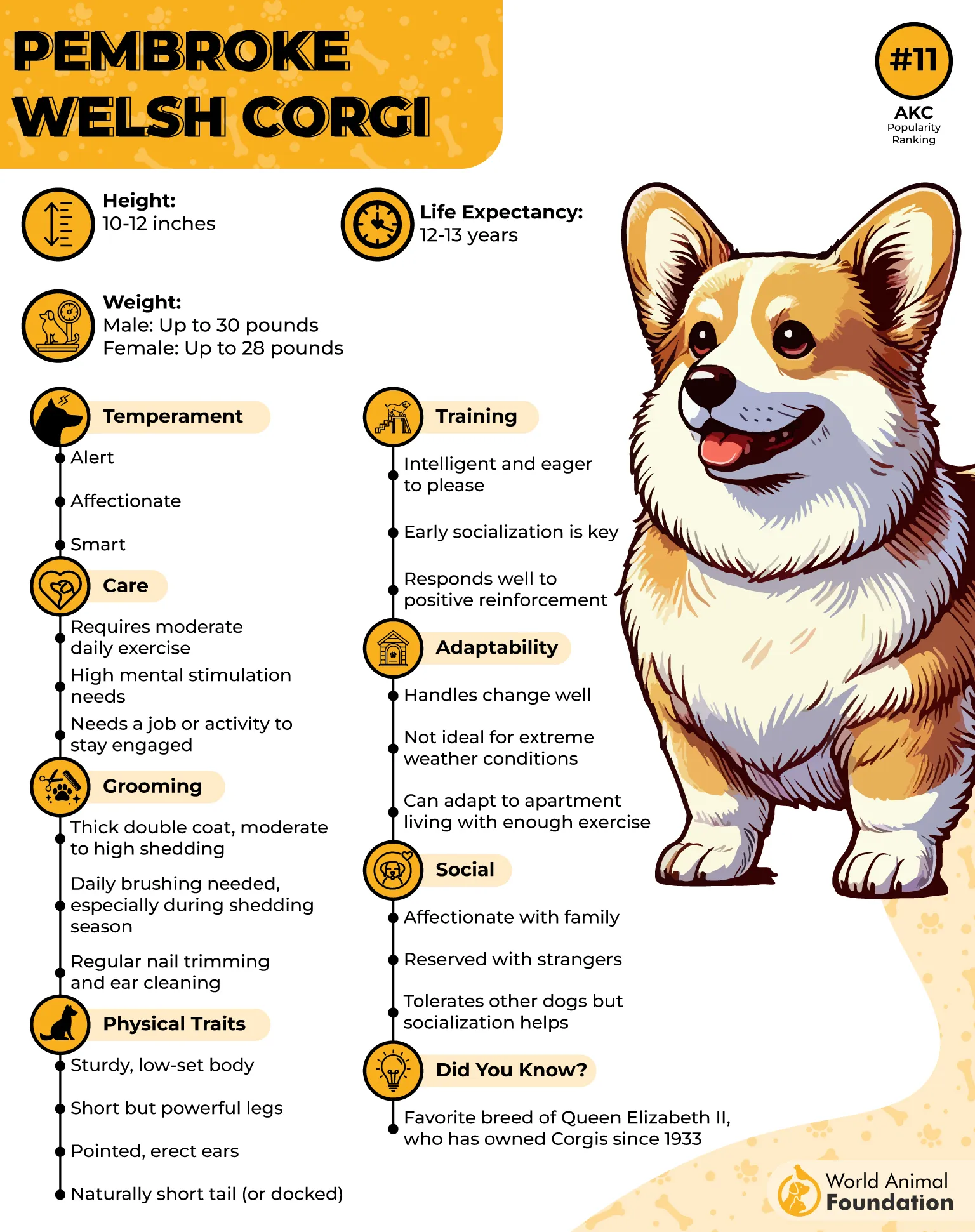
Appearance
Corgis are low-slung and sturdy with muscular thighs and short yet powerful legs that support their long, agile bodies. They have a deep chest, large ears, and expressive eyes that reflect their alertness. Their coats can be red, sable, fawn, or black and tan, often with white markings.
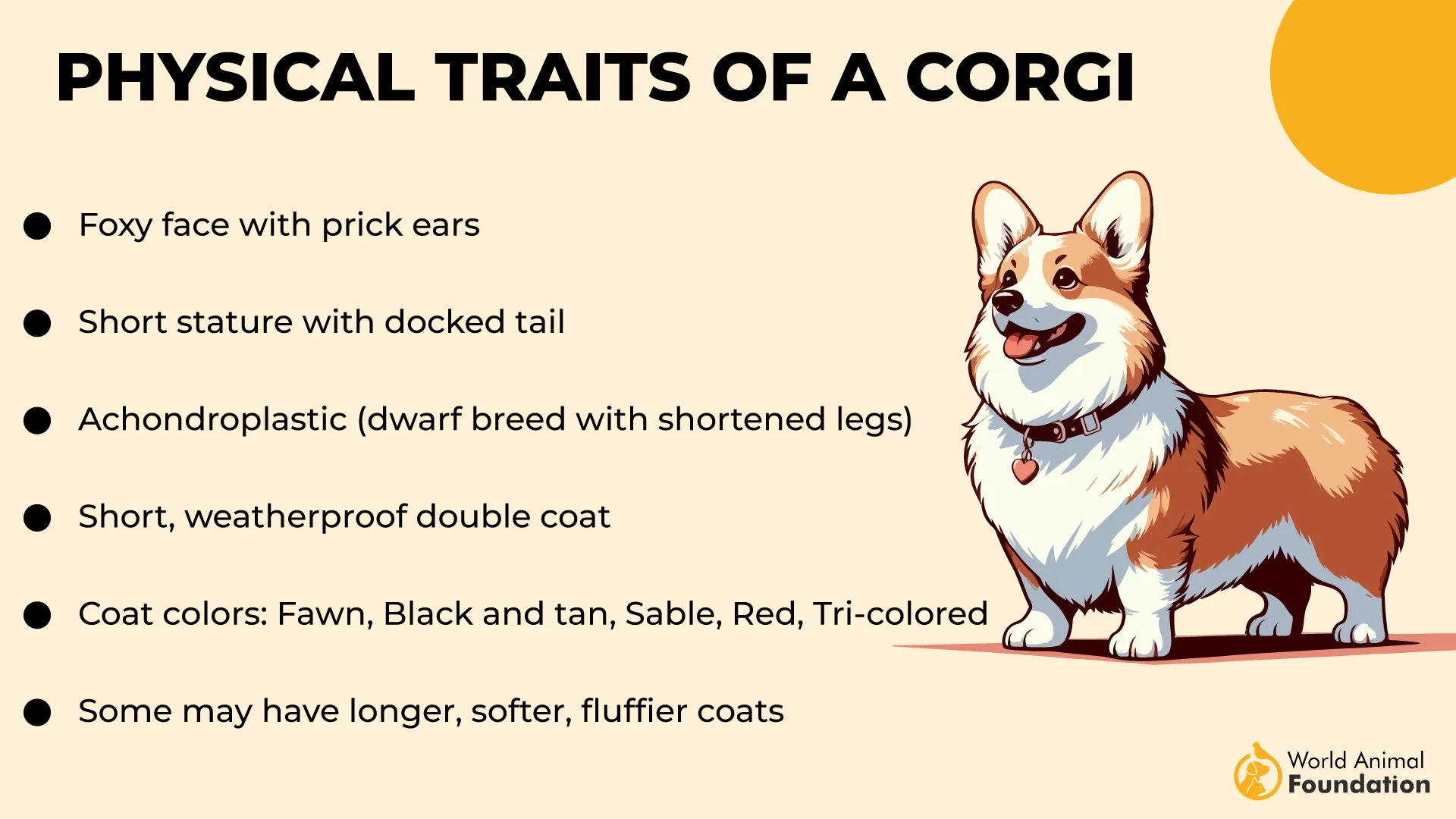
The lack of a tail (typically docked) sets them apart from their cousin, the Cardigan Welsh Corgi. Their double coats shed, but they are easy to maintain with regular brushing.
Fun Fact: Queen Elizabeth II owned more than 30 Pembroke Welsh Corgis during her lifetime, elevating the breed’s global popularity.
4. Australian Cattle Dog
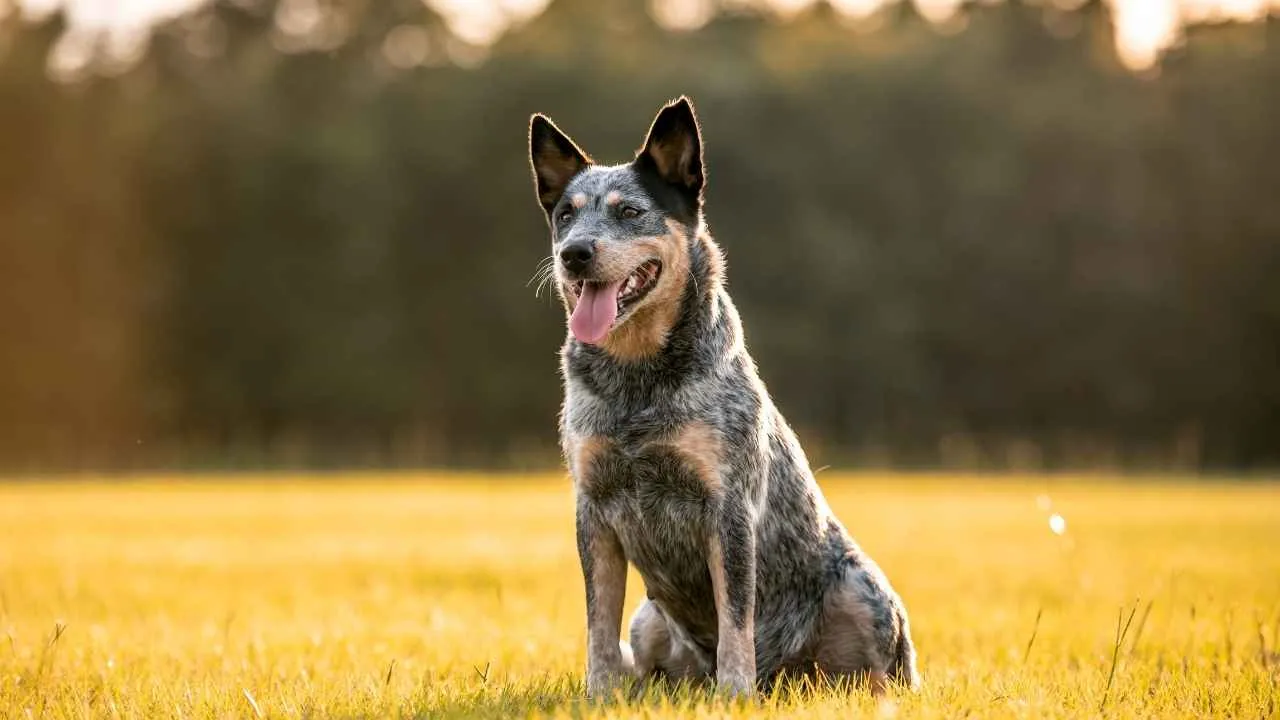
Also known as the Blue Heeler, Red Heeler, Queensland Heeler, or simply ACD, the Australian Cattle Dog is a tenacious herding breed developed in 19th-century Australia. This robust, medium-sized dog was bred by crossing domesticated herding dogs with the wild Dingo to manage cattle in the rugged Australian Outback.
Known for its intelligence and stamina, this breed stands 17 to 20 inches tall and weighs between 35 and 50 pounds. With a life expectancy of 12–16 years, the ACD is a long-term, loyal companion for active owners. Recognized by the American Kennel Club since 1980, the breed falls under the Herding Group.
Though intensely energetic and always ready for work or adventure, the Australian Cattle Dog ranks among the dog breeds that don’t drool excessively. This makes them ideal for dog lovers who prefer a clean, low-maintenance companion.
These dogs thrive with mental stimulation and tasks, and without them, they can grow restless and mischievous. Their sharp minds and desire for purpose make them perfect for agility training, herding trials, or long outdoor treks.
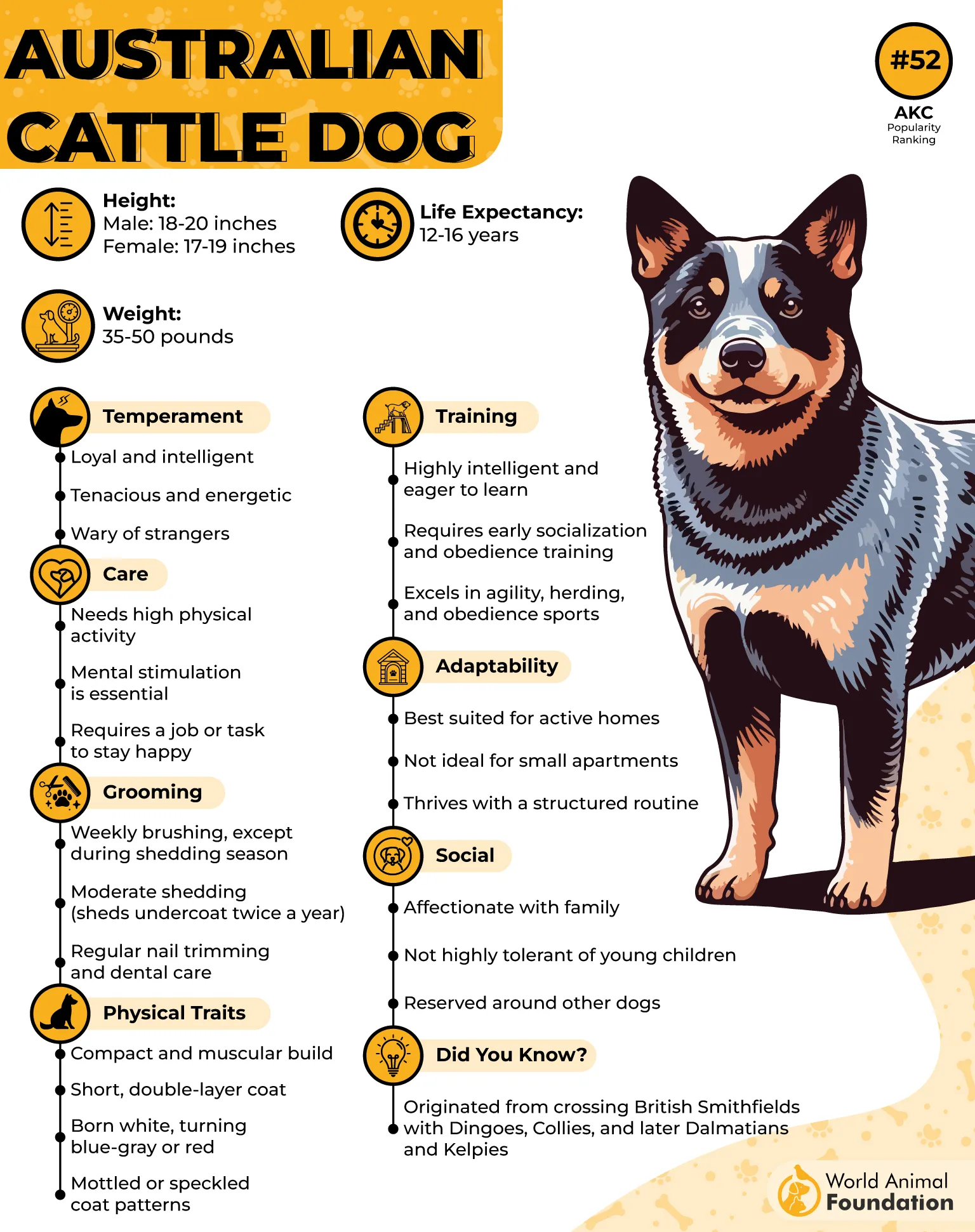
Appearance
These adventurous toy breeds have a compact, muscular build with a low-maintenance, short double coat. Puppies are born white, later developing either a red or blue-gray hue with speckled or mottled markings.
Their expressive eyes, pointed ears, and weather-resistant coat give them an alert and hardworking appearance. Both coat colors may include black, blue, or tan highlights, especially on the head and chest. Their sturdy frame supports powerful agility, making them as functional as they are handsome.
Fun Fact: An Australian Cattle Dog named Bluey holds the Guinness World Record for the oldest dog ever recorded, living 29 years and five months.
5. Bichon Frise
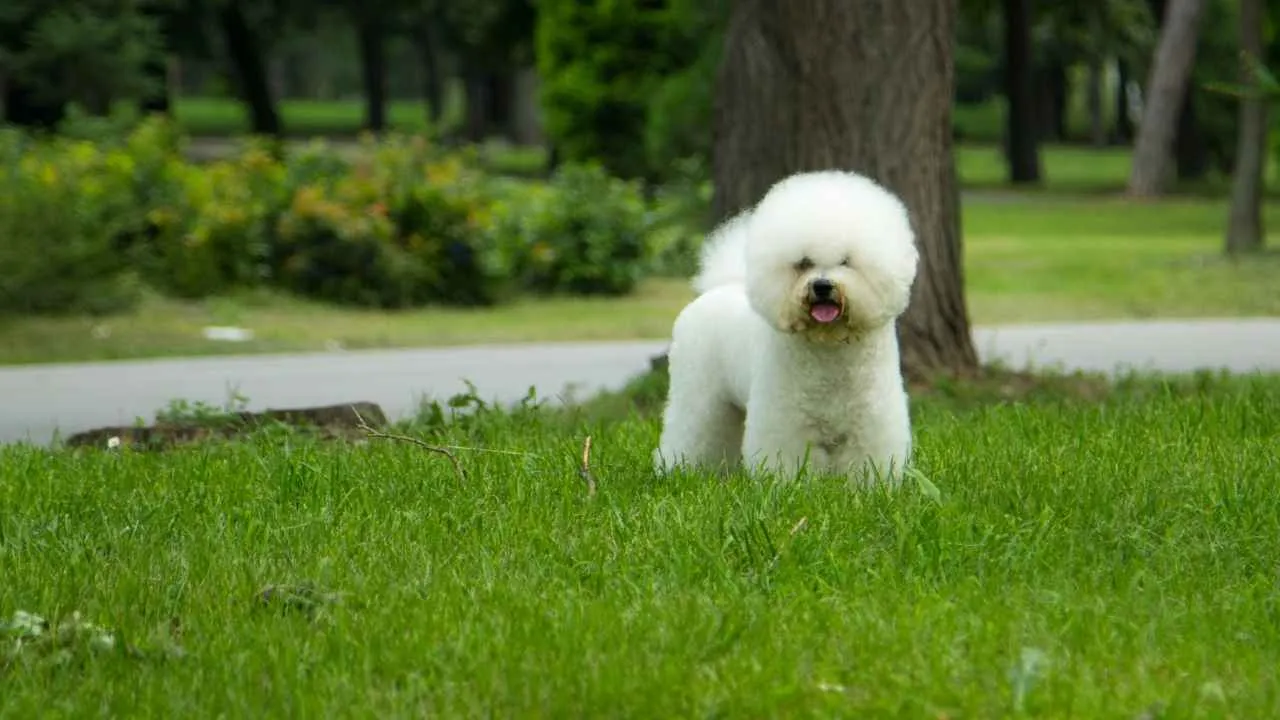
Also known as the Tenerife or simply “Bichon,” the Bichon Frise is a cheerful companion breed that traces its roots to the Mediterranean, particularly Tenerife in the Canary Islands. Descended from water spaniels, these dogs became cherished by European royalty, with artists like Goya and Renoir capturing them in classic portraits.
Recognized by the American Kennel Club in 1972, the Bichon belongs to the Non-Sporting group and typically stands 9.5 to 11.5 inches tall, weighing 12 to 18 pounds. With a life expectancy of 14–15 years, these intelligent dogs thrive in social settings, making them excellent family pets.
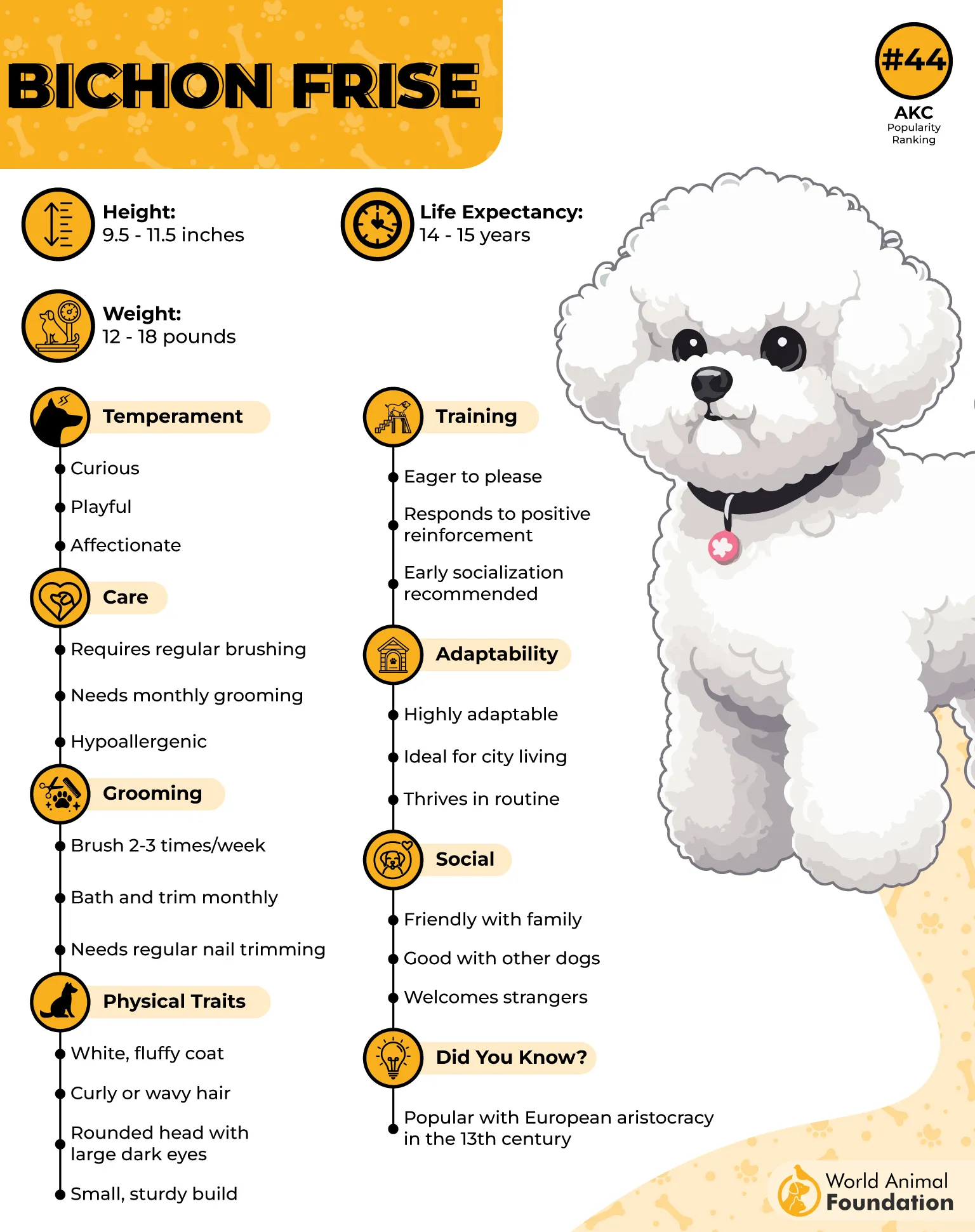
Appearance
The Bichon Frise sports a plush, hypoallergenic white coat that gives it a powder-puff look, with rounded head hair framing dark, expressive eyes and a black button nose.
Their puffy, curled coat consists of a soft undercoat and a silky, velvety top layer. Ears hang gently, blending into the face. While most Bichons are white, subtle shadings of buff or apricot may appear around the ears or body.
Did you know? The French verb bichonner, meaning “to pamper,” was inspired by the adoration French royalty had for this elegant breed.
6. Chihuahua
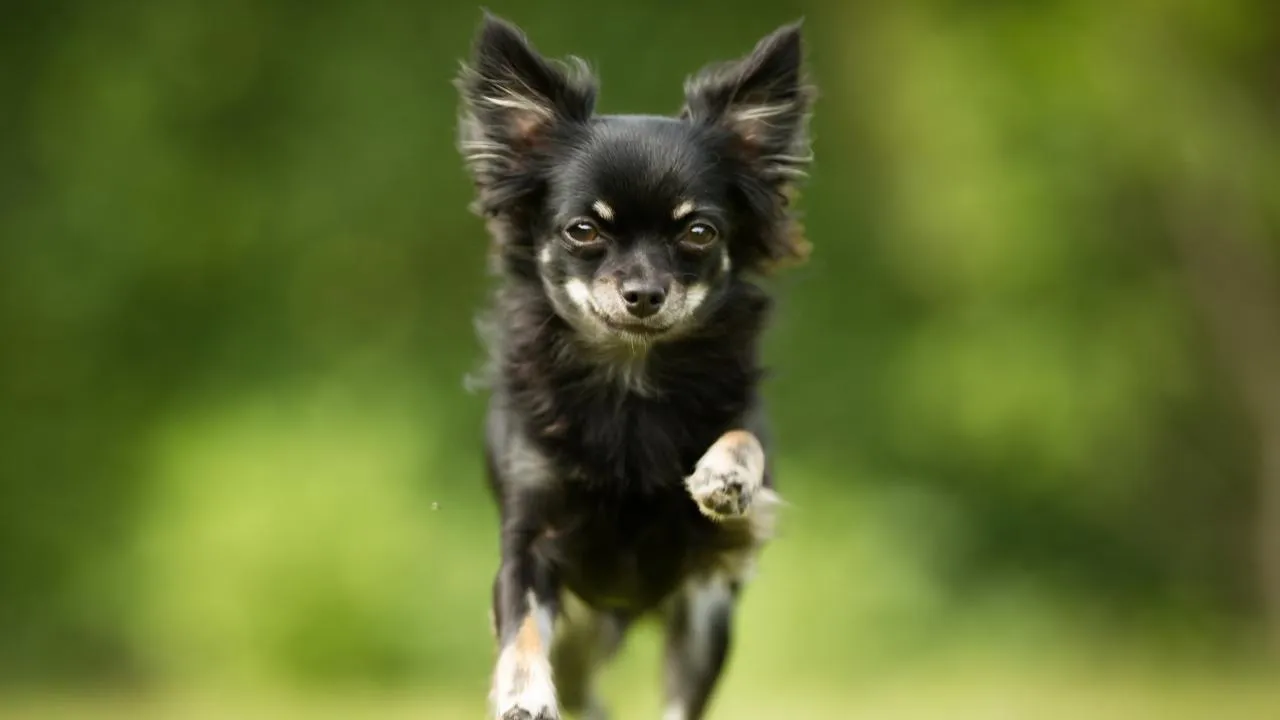
Named after the Mexican state of Chihuahua, this ancient breed traces its lineage back to the Techichi of the Toltec civilization. Revered by the Aztecs as spiritual guides for the deceased, Chihuahuas are deeply woven into Mexico’s cultural heritage.
Officially recognized by the American Kennel Club in 1904, this tiny dog is now a favorite among city dwellers and celebrities for its compact size and bold personality.
Chihuahuas typically weigh between 1–6 pounds and stand just 5–8 inches tall, but don’t let their size fool you—they are fiercely loyal and highly alert, often barking at even the smallest disturbance.
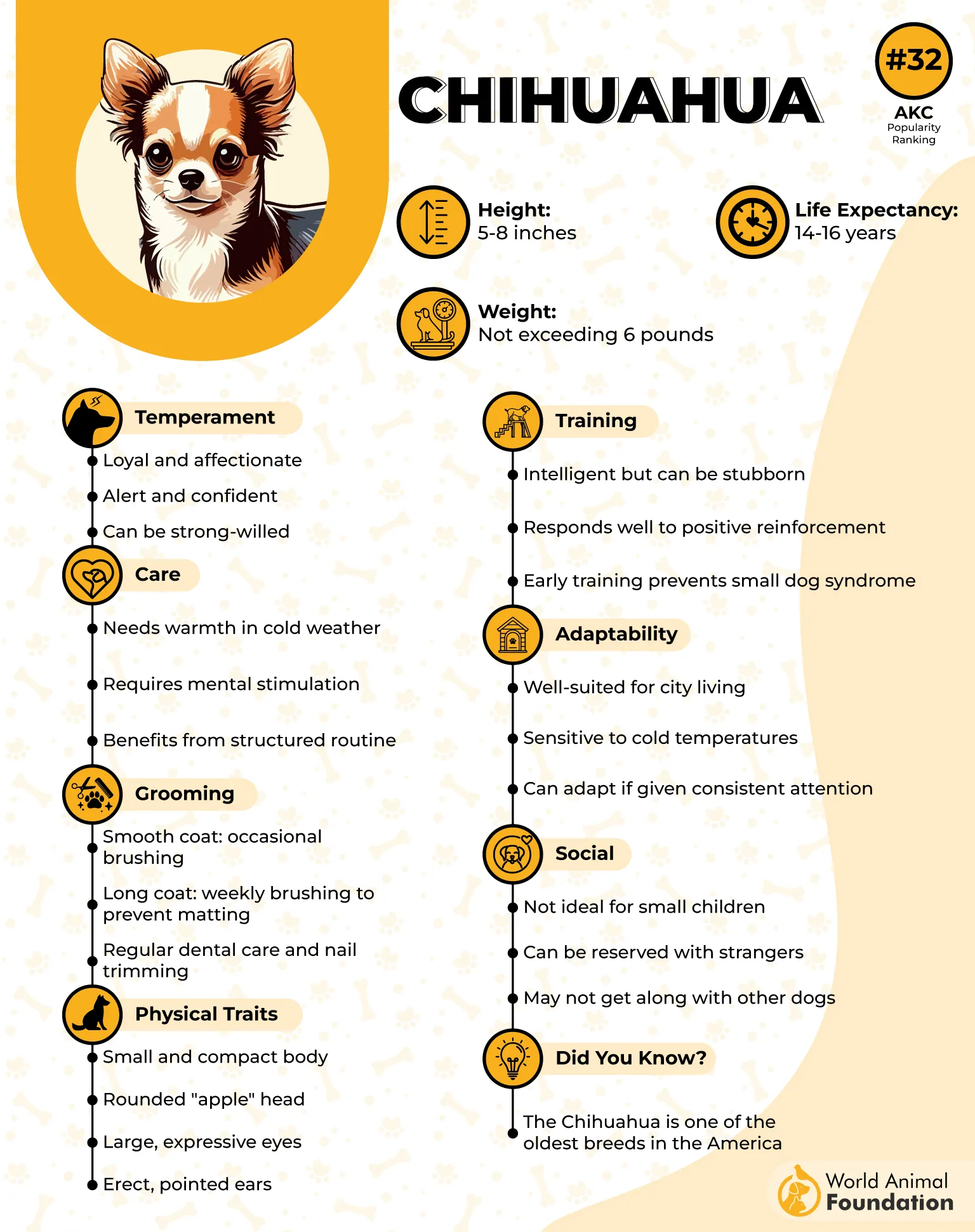
Appearance
Chihuahuas are compact yet expressive, with large, upright ears, a rounded “apple” head, and bright, almond-shaped eyes that reveal their lively spirit.
Their coats vary—smooth and glossy or long and soft—and come in a wide range of colors and patterns. These tiny dogs have tight lips and small mouths, which helps minimize drooling, making them ideal for cleanliness-conscious owners.
Fun Fact: Chihuahuas are the only dog breed born with an incomplete skull, a trait adapted for easier birthing.
7. Cavalier King Charles Spaniel
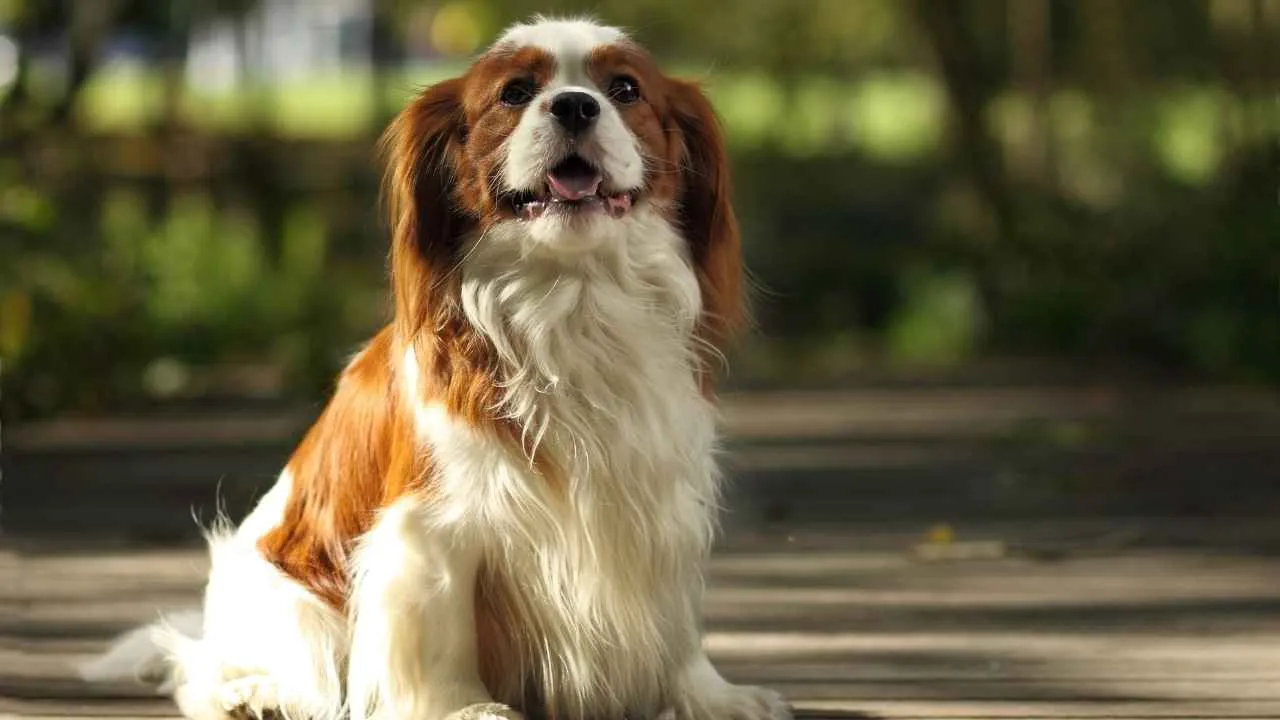
The Cavalier King Charles Spaniel is a charming toy breed that embodies both nobility and playfulness. Originating from England in the early 1900s, this breed was developed from the English Toy Spaniel to resemble earlier versions admired during the reign of King Charles II.
Known for their gentle nature, Cavaliers are affectionate and easily adapt to both countryside romps and cozy city living. Standing 12–13 inches tall and weighing 13–18 pounds, they belong to the Toy group and typically enjoy a lifespan of 12 to 15 years.
Despite their long ears occasionally causing a splash during meals, Cavaliers are not excessive droolers, making them ideal for owners who value tidiness. They’re also known for their affectionate, loyal disposition and thrive best in homes where they receive ample companionship.
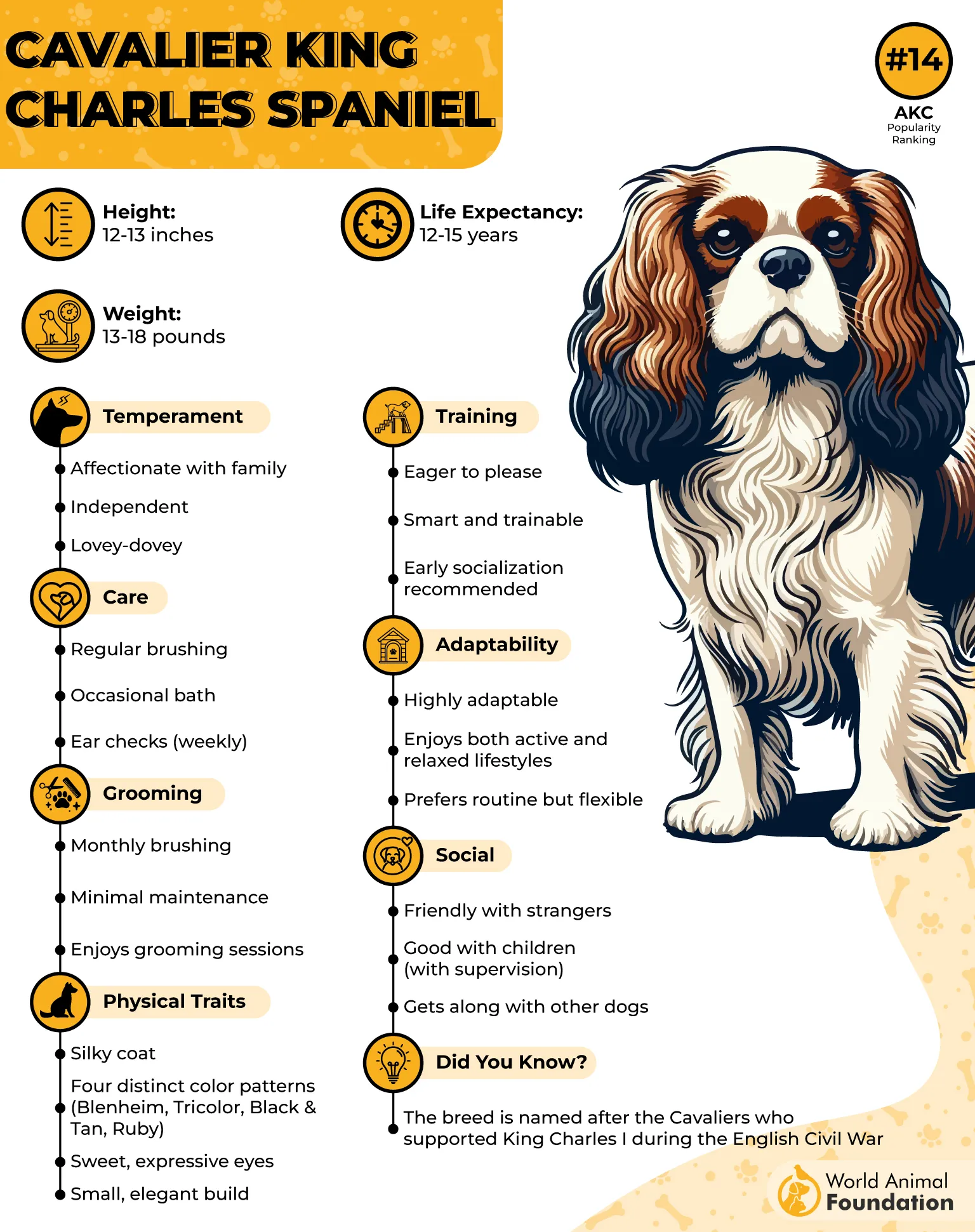
Appearance
This low-drooling dog breed captivates with a sweet, soulful expression highlighted by large, dark, round eyes. Their luxurious, silky coat is a signature trait and comes in four classic color combinations: Blenheim, tricolor, ruby, and black and tan. Their overall appearance is one of elegance and warmth.
Fun Fact: U.S. President Ronald Reagan gifted a Cavalier named Rex to his wife, Nancy, who later lit the White House Christmas tree.
Conclusion
Finding a dog that fits your lifestyle means looking beyond charm, and for many, that includes avoiding excessive drooling. Fortunately, several hard-working breeds combine functionality with cleanliness. From Chihuahuas—whose roots date back centuries in Mexico—to Border Collies, originally bred to herd livestock along the rugged borderlands, these dogs offer loyalty, intelligence, and dry chins. While other dogs may leave trails of slobber behind, these breeds stand out for keeping things tidy while still being playful, alert, and loving companions.
Many of these clean-mouthed breeds also excel in canine sports, showcasing their intelligence, agility, and dedication. Dogs like the Border Collie are also remarkable athletic dogs known for their drive and focus. Some, like former sled dogs from cold climates, also boast a fluffy coat designed for endurance without the mess. Whether it’s floppy ears that dip in water bowls or a tendency to drool when a dog shakes, knowing a breed’s distinctive traits—and its lifespan expectations helps ensure the perfect, low-drool match for your home.


